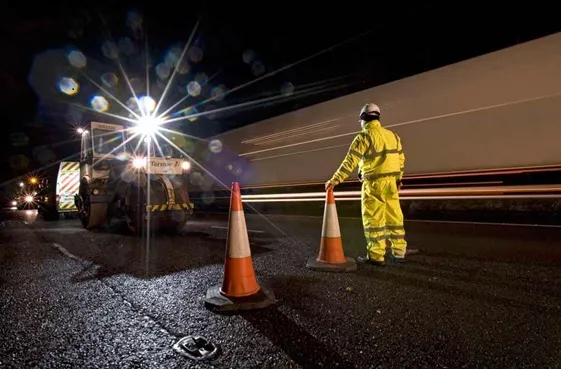“By the end of 2016, Nissan will make available the next two technologies under its autonomous drive strategy,” Ghosn told reporters at the Foreign Correspondents’ Club of Japan.
“We are bringing to market a traffic-jam pilot, in which cars will have the capability to drive autonomously and safely on congested highways,” he said. “In the same time frame, we will make fully automated parking systems available across a wide range of vehicles.”
The Yokohama-based car maker announced last August that it would release multiple vehicles featuring automated driving technology by 2020.
Ghosn said more autonomous driving technologies will be added to Nissan vehicles toward the end of the decade. “This will be followed in 2018 by the introduction of the multiple-lane controls, allowing cars to autonomously negotiate hazards and change lanes,” he said, adding the carmaker will introduce an autonomous function allowing vehicles to negotiate city intersections without driver intervention before the end of the decade.
Nissan promises self-parking cars, traffic-jam pilots by end of 2016
Nissan Motor Corporation will introduce cars featuring an automatic parking system and traffic-jam pilot within the next year and a half, according to president and CEO Carlos Ghosn.
“By the end of 2016, Nissan will make available the next two technologies under its autonomous drive strategy,” Ghosn told reporters at the Foreign Correspondents’ Club of Japan.
“We are bringing to market a traffic-jam pilot, in which cars will have the capability to drive autonomously and safely on congested highways,”
July 22, 2014
Read time: 2 mins








